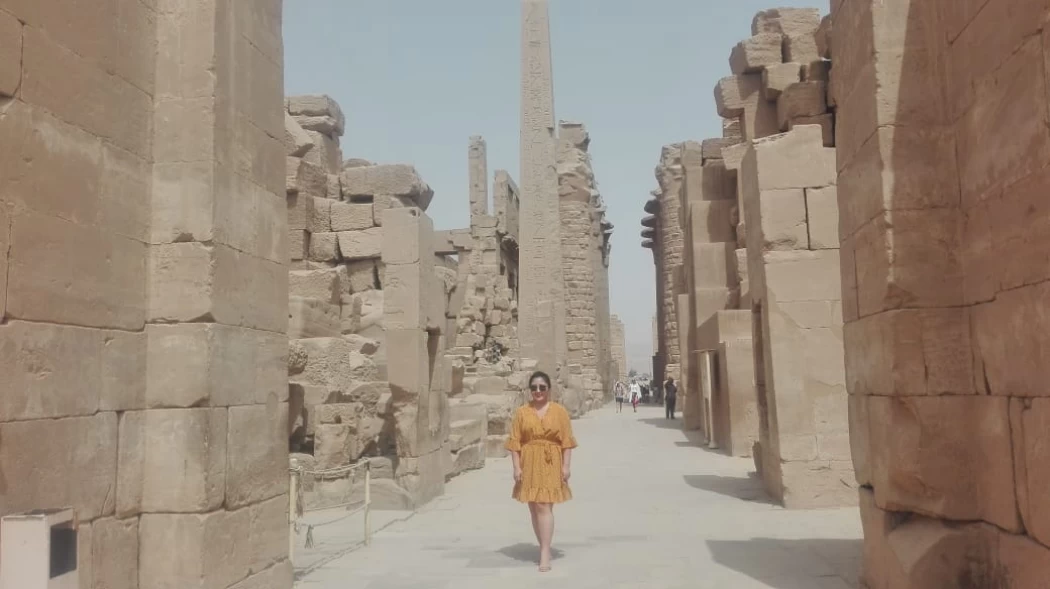
The Most Impressive Ancient Egyptian Temples
The Most Impressive Ancient Egyptian Temples
The temples of Egypt have etched themselves into the realm of exquisite edifice construction which has been a subject of countless historians, archaeologists, explorers and those on holiday from all corners of the globe.
This is attributed to the fact that the ancient Egyptians possessed a great fondness towards gods and religion in general. As is well known, the Egyptian people are religious by nature, which was confirmed by the ancient Greek historian Herodotus six centuries ago, saying: “I have not found a people who love their gods and religion as much as I have found the Egyptians.”
The temples were called the house of the god or named after the king for whom the temple was built. In ancient Egyptian thought, temples were considered a place of communication between the gods, and people confessed their sins, asked for forgiveness, and begged them for mercy or worldly ambitions such as children, money, prestige, and healing. They were also a guarantee for the continuation of their faith.
Temple architecture went through several stages. There is no doubt that the ancient Egyptians before the dynasties knew the gods and built temples for them, but nothing of them has reached us because they were built on simple materials such as mud bricks and wood that decompose over time.
As for the temples of the Old Kingdom and the Middle Kingdom, most of them have been destroyed, and only a little remains of them. They were shrines inhabited by the god, and next to him were kept his special tools of worship, and all the treasures and valuable tools he owned.
The most famous temples of the Old Kingdom are the Temple of the Sun God, which was built by King Nyuserre of the Fifth Dynasty in Abu Gerab, near Abusir today, in addition to the pyramid temples on the Giza Plateau, which showed us the extent of the beauty of the temples in the Old Kingdom era, and how they were designed and shaped.
It bears witness to the greatness of the development of the designs of these temples in the modern state, in which the Egyptian Empire reached its widest extent, reaching Iraq in the east, Libya in the west, and the Second Cataract in the south, which made Egypt prosperous due to the tribute that was imposed on those kingdoms subject to the Egyptian state.














